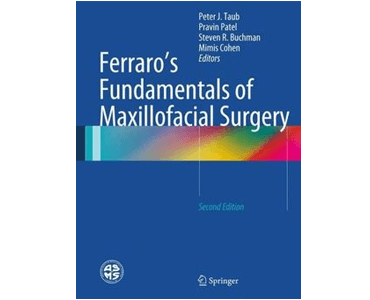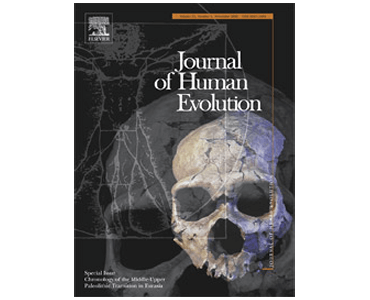Quantitative Assessment of Facial Asymmetry Using Three-Dimensional Surface Imaging in Adults: Validating the Precision and Repeatability of a Global Approach. D Kornreich, AA Mitchell, BD Webb, I Cristian, EW Jabs.
Date: December 2014. Source: The Cleft Palate-Craniofacial Journal. Objective: Comparison of global versus landmark analyses of facial asymmetry using three-dimensional photogrammetry to establish a precise method for evaluating facial asymmetry. Design: The landmark-based approach utilized anthropometric data points. Our global approach involved registration of mirror images, independent of a midplane, to calculate a root mean…









